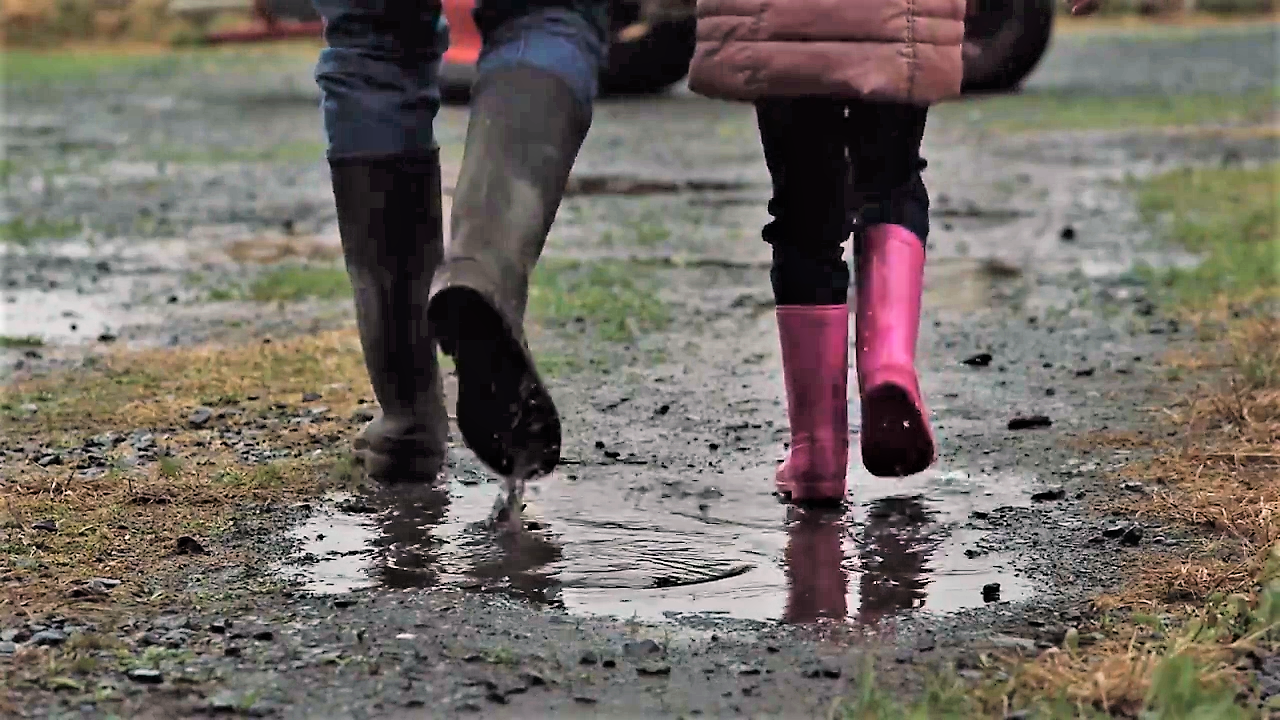The spring-calving season is well under way on farms across the country with over half a million calves already being born. With this comes an increased workload for farmers and increases the likelihood of an accident on the farm.
With Covid-19 restrictions remaining in place until at least April 5 and schools returning on a phased basis meaning children will continue to be present on farms, now more than ever the safety of children on the farm should be at forefront of farmers’ minds.
Health and Safety Authority (HSA) figures tell us that sadly 21 children lost their lives as a result of farm accidents in the past 10 years.
The figures also tell us that over 80% of childhood deaths on farms had a farm vehicle or a machine involved. We must do better and we must protect children during the lockdown period.
We must think about how we manage our farms and how we can safely involve children and young adults in farming activities.
A safe and secure play area for young children is vital where children are present. Farm dwellings and farmyards can sometimes be very close together so a safe and secure play area is very important.
HSA has issued the following guidance:
- A safe and secure play area for children should be provided away from all work activities, in full view of the dwelling house;
- Where children are not in a secure play area a high level of adult supervision must be provided;
- Children should not be allowed to access heights;
- Action should be taken to keep children away from dangerous areas;
- To eliminate the risk of drowning all open water tanks, wells and slurry tanks should be fenced off;
- Children should be given clear instruction on safety issues on the farm;
- Instruct children that are carried in the tractor cab to always wear seat belts;
- Identify and control particular dangers to children (e.g. tractor operation, slurry pits, falls);
- Keep children away from dangerous areas (slurry pits, silage pits, grain/chemical stores, working machinery, high areas);
- Children should not be allowed near dangerous animals such as bulls, stallions, rams, stags and female animals with new-born young;
- The Safety, Health and Welfare at work Regulations 2007 require farmers to identify what work is suitable for children and what work is not suitable;
- Young children should not be allowed unsupervised access to the farmyard;
- Discuss with visitors and agricultural contractors (make contractors aware of the possible presence of children);
- Organise training for young teenagers – tractor safety driving skills;
- Do not allow children under 14 to operate tractors or self-propelled machines;
- Only allow children over 14 to drive a tractor or self-propelled vehicle in line with legal requirements;
- When children have to be carried in the cab, it must be fitted with a properly designed and fitted passenger seat with seat belts.
Tractor driving
Moreover a child or young person aged 14 or over should only be permitted to drive a tractor or self-propelled machine on the farm, if:
- They have attended a formal training course run by a competent training provider;
- They are closely supervised by a responsible adult;
- They have the ability to operate the controls with ease;
- All the controls are conveniently accessible for safe operation by the operator when seated in the driver’s seat;
- The controls which operate the power take off (PTO) devices, hydraulic devices and engine cut-off are clearly marked to show the effect of their operation;
- The tractor is maintained so that it is safe for them to operate;
- The ground over which the tractor is driven is free from hazards such as steep slopes or excavations, river banks, lake or pond edges, deep ditches and similar areas.


